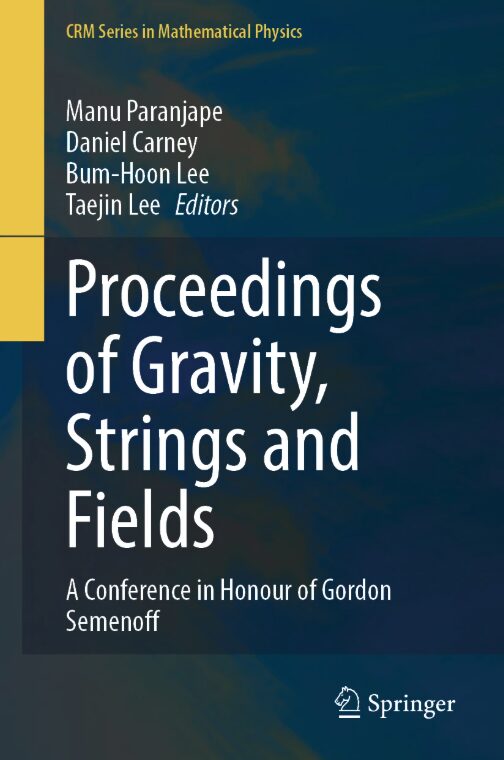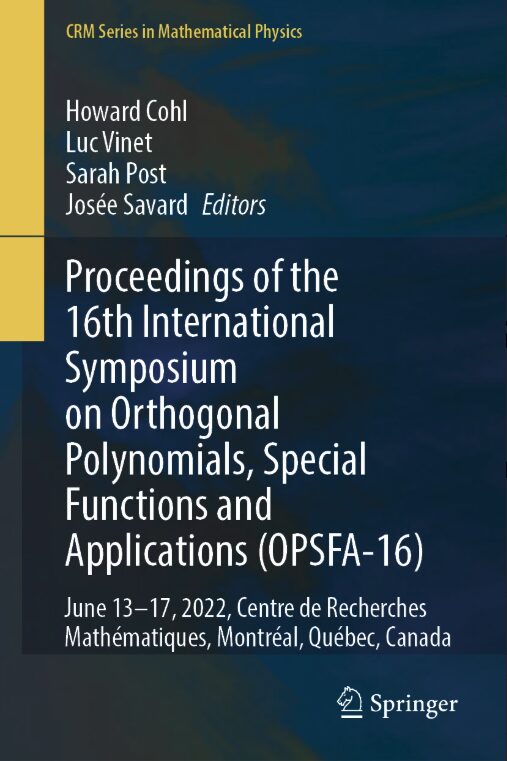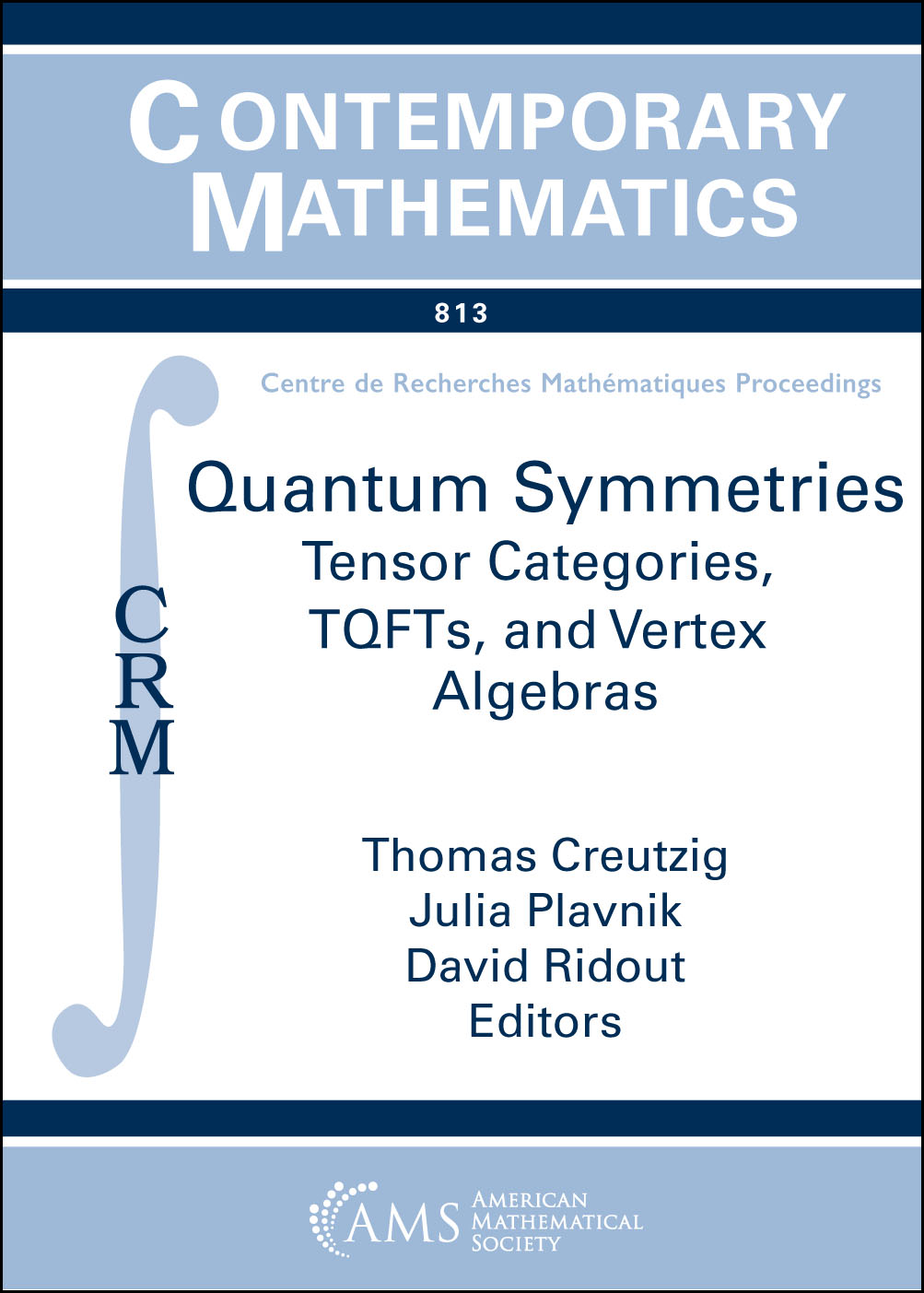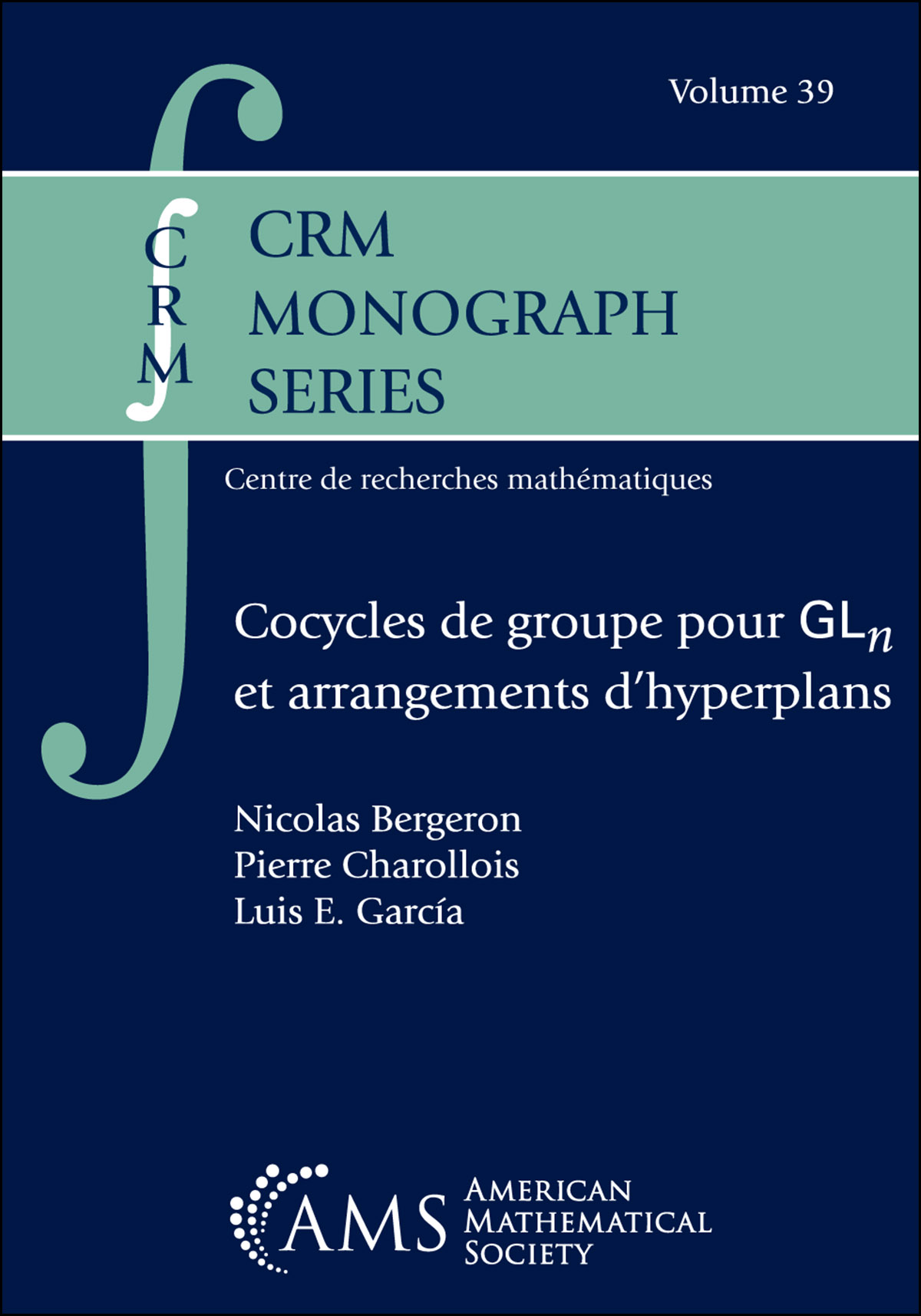Keegan Boyle (New Mexico State)
Equivariant topological knot concordance
Abstract
I will give an overview of equivariant knot concordance in the topological category. There will be a focus on strongly invertible and strongly negative amphichiral symmetries; these are the only symmetries which admit an equivariant connected sum operation (and therefore an equivariant concordance group).
Anthony Conway (UT Austin)
Simply slicing knots
Abstract
Given a simply-connected 4-manifold X with boundary S^3, when is a knot K sliced by a simple disc in X, i.e. when does K bound a disc in X whose complement has abelian fundamental group? When X is the 4-ball, Freedman proved that this occurs if and only if the knot has Alexander polynomial one. This talk is concerned with the above question in more general 4-manifolds and is based on joint projects with Orson, Pencovitch, Piccirillo and Powell.
Diarmuid Crowley (University of Melbourne)
Extended S^1-pinch maps of 4-manifolds
Abstract
In moving from a homotopy classification of a class of 4-manifolds to a homeomorphism classification, it is often helpful to have collections of homotopy self-equivalences with non-trivial normal invariants.
"Novikov point-pinch maps" and "Stong S^1-pinch maps" provide collections of such homotopy self-equivalences which suffice for certain fundamental groups, but in general one may hope for more. In this talk I will present an extension of S^1-pinching and discuss some examples and applications.
This is a preliminary report on joint discussions and work with Daniel Kasprowski, Mark Powell, and Arunima Ray.
Michelle Daher (Leeds)
Smoothing 4-manifolds in 6-manifolds
Abstract
In this talk I will answer the question of whether every (locally flat) topological embedding of a smooth 4-manifold in a smooth 6-manifold is homotopic to a smooth embedding.
Jim Davis (Indiana University)
3-manifolds bounded by aspherical 4-manifolds
Abstract
I will discuss the question: "What 3-manifolds are the boundary of a compact aspherical 4-manifold? I will also discuss related classification questions.
Daniel Galvin (MPIM Bonn)
Pseudo-isotopy versus isotopy for homeomorphisms of 4-manifolds
Abstract
Pseudo-isotopy is an equivalence relation on homeomorphisms that lies between isotopy and homotopy. Classifying homeomorphisms of 4-manifolds up to pseudo-isotopy is a potentially tractable problem, whereas isotopy classifications currently elude us outside of the simply-connected case. I will explain a program to understand some of this difference using the smooth invariants of Hatcher-Wagoner and Igusa. A result is the construction of many examples of homeomorphisms that are pseudo-isotopic to the identity but not isotopic to the identity on a range of 4-manifolds, including the 4-torus. This is joint work with Isacco Nonino.
Ian Hambleton (McMaster University)
Group actions on topological 4-manifolds
Abstract
This will be a survey talk on various aspects of finite group actions on 4-manifolds. Some possible topics: (i) homologically trivial actions with isolated singular points, (ii) codimension two Arf invariants for surgery obstructions, (iii) detecting homotopy self-equivalences, (iv) lifting of group actions in surface bundles over surfaces.
Daniel Kasprowski (University of Southampton)
Homotopy classification of 4-manifolds
Abstract
I will explain how to classify 4-manifolds with 3-manifold fundamental group up to homotopy equivalence and give applications to the stable and unstable homeomorphism classification. This talk is based on joint work with Jonathan Hillman, Mark Powell and Aru Ray.
Min Hoon Kim (Ehwa Womans University)
Non-orientable 4-manifolds from Brieskorn homology 3-spheres
Abstract
In this talk, I will begin by presenting some classic constructions of smooth non-orientable 4-manifolds arising from certain Brieskorn homology 3-spheres. I will then explain how to construct new examples, including infinitely many smooth fake copies of $\mathbb^4 \# \mathbb^2$. In addition, I will describe a method for generating a collection of Brieskorn homology 3-spheres that can be realized via integer surgery on knots in the 3-sphere. This is joint work with Jae Choon Cha and Oguz Savk.
Slava Krushkal (University of Virginia)
A triple torsion linking form and 3-manifolds in S^4
Abstract
Given a rational homology 3-sphere M, we introduce a triple linking form on its first homology, defined when the classical torsion linking pairing of three homology classes vanishes pairwise. If M is the boundary of a simply-connected 4-manifold N, the triple linking form can be computed in terms of the higher order intersection form on N, introduced by Matsumoto. We use these methods to formulate an embedding obstruction for rational homology spheres in $S^4$, extending a 1938 theorem of Hantzsche. (Joint work with Michael Freedman)
Alexander Kupers (University of Toronto)
A parametrised sum-stable smoothing theorem for topological 4-manifolds
Abstract
The sum-stable smoothing theorem of Freedman and Quinn implies that if the topological tangent manifold of a topological 4-manifold admits a refinement to a vector bundle, then the 4-manifold admits a smooth structure after finitely many connected sums with S^2 x S^2. We generalise this to families of topological 4-manifolds, though in a weaker form than higher-dimensional smoothing theory: we prove that a space of smooth structures, stabilised at varying locations, is homology equivalent to a space of vector bundle refinements of the topological tangent bundle, stabilised at varying locations. I will explain the statement, proof strategy, and some interesting consequences. This is joint work with Christian Kremer.
Allison Miller (Swarthmore College)
Immersed surfaces with knot group ℤ
Abstract
We address the question of when two immersed surfaces with knot group ℤ, of the same genus, and with the same number of double points are topologically isotopic. For example, we give a criterion for determining when a surface is isotopic to a "standard" immersed surface in the 4-sphere and enumerate the immersed disks in the 4-ball with knot group ℤ, a single double point, and boundary equal to a given knot up to topological isotopy rel boundary. Time permitting, we will also discuss results about immersed ℤ-surfaces in other simply-connected 4-manifolds. This is joint work with Anthony Conway.
Johnny Nicholson (University of Glasgow)
Four-manifolds, two-complexes and the quadratic bias invariant
Abstract
Kreck and Schafer produced the first examples of stably diffeomorphic closed smooth 4-manifolds which are not homotopy equivalent. They were constructed by applying the doubling construction to 2-complexes over certain finite abelian groups of odd order. By extending their methods, we formulate a new homotopy invariant on the class of 4-manifolds arising as doubles of 2-complexes with finite fundamental group. As an application we show that, for any k≥2, there exist a family of k closed smooth 4-manifolds which are all stably diffeomorphic but are pairwise not homotopy equivalent.
This is joint work with Ian Hambleton.
Mark Powell (University of Glasgow)
Smooth versus topological pseudo-isotopy.
Abstract
I will explain joint work with Orson and Randal-Williams, in which we investigate the difference between smooth and topological pseudo-isotopy for diffeomorphisms of 4-manifolds.
Ryan Stees (University of Virginia)
Almost-concordance and Milnor's invariants
Abstract
In this talk, we consider concordance of knots modulo local knotting, or almost-concordance, in non-simply-connected 3-manifolds. Our work is motivated by a conjecture of Celoria and Friedl-Nagel-Orson-Powell, which states that the number of (almost-)concordance classes representing a fixed free homotopy class in a fixed 3-manifold is infinite if and only if the class does not admit a dual 2-sphere. Using a generalization of Milnor's higher-order linking invariants for links in the 3-sphere, we construct and distinguish families of knots up to almost-concordance, answering the conjecture affirmatively in some new cases.
Simona Vesela (MPIM Bonn)
The 1.5-type and stable classification of surfaces in 4-manifolds
Abstract
The 1.5-type is a structure on a normal bundle of a manifold in between that of the normal 1- and 2-types of modified surgery. In a special case it was first used by Hambleton and Kreck in 1993. In an ongoing project I introduce the general theory of 1.5-types and explain their application to external stable classification of surfaces in simply connected 4-manifolds with examples.





